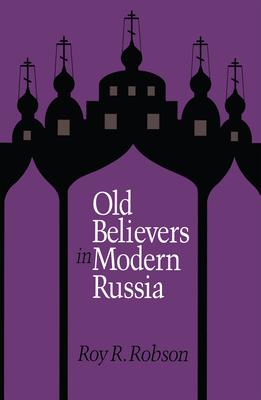The schism that split the Russian Orthodox Church in 1667 alienated thousands of devout men and women. These traditional worshippers, who came to be known as the Old Believers, practiced their faith as outsiders for more than two centuries. Denied the Russian Orthodox Church's sacraments, they in turn denied that its "new" ways could lead them to salvation. Always at odds with the established Russian Orthodox Church and the tsar, the Old Believers created a vibrant separate culture within the imperial Russian state.
Old Believers in Modern Russia shows how Russia's most traditional religious group created a "culture of community" distinct from the dominant culture and society. This culture provided a lens through which the faithful could view, interpret, and interact with their world. Focusing especially on imperial Russia's twilight years, Robson explores how the Old Believers adapted to rapid change in the early twentieth century.
Until recently, little has been known about Old Believer faith and culture. Most previous studies have relied upon information provided by outsiders, usually the state or the Russian Orthodox Church. Robson explores Old Believer experience from the inside in this first detailed study of the group in the late imperial period. He integrates historical methods with communication theory and symbolic anthropology to reveal the many facets of Old Believer life.
